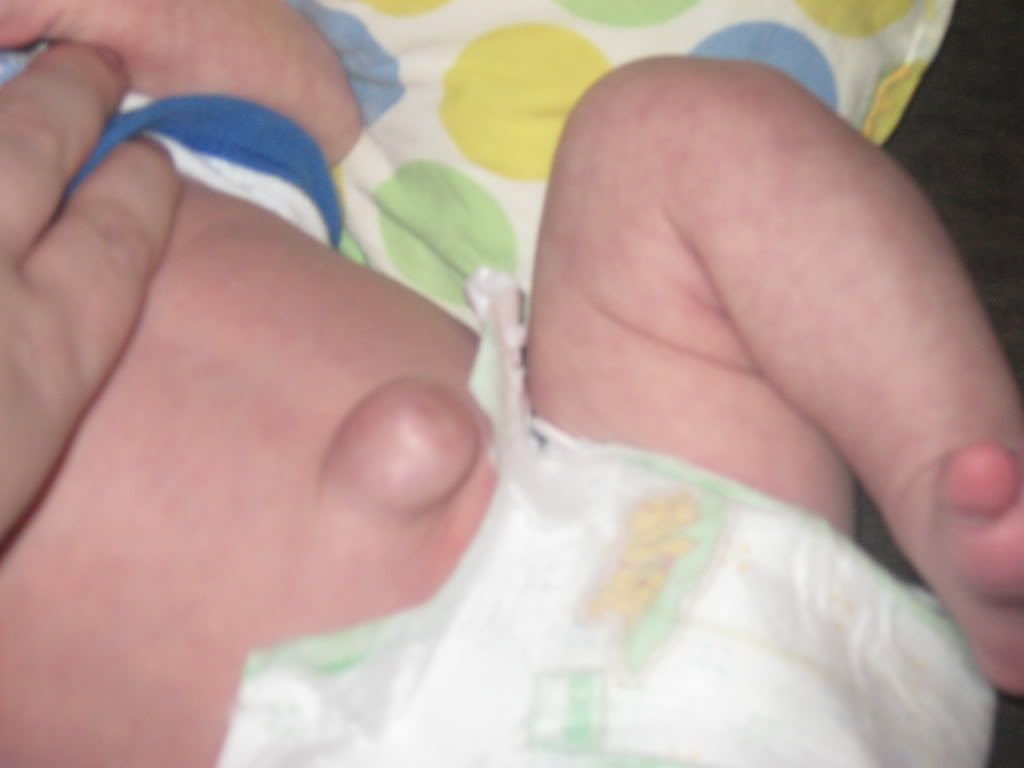Earlier I have written about
what to do when my baby starts crying, e.g.
- Feeding
- Discomfort - (a) need diaper change, (b) trapped air in stomach, (c) flatulence, (d) constipation, (e) colic cries with no discernible reasons, (f) insomnia caused by discomfort, (g) awareness and stress, etc.
The second reason baby cries is the most challenging aspect to troubleshoot. It is not that the baby will be able to cry out a code for parents to decipher based on a decoder key. I am at my wit's end trying to figure out what is wrong with our baby these few nights.
The only suspect would be colic (
discomfort in the alimentary tract), either failure to burp or having too much gas (
could it be due to lactose intolerance?), tummy bloated, constipated, etc. If that is the case, there is nothing I can really do about it.
I tried patting/rubbing baby's back to soothe and induce burping (
but that didn't help even after few successful burps), applying medicated oil by rubbing on both palms to make it warm before applying to baby's tummy (
to soothe and help baby to pass gas, but that too didn't work), massage the back, placing baby to sleep on the tummy (
back facing up), moving back and forth to promote undulating movement to soothe baby to sleep but without success. He keeps on crying... and only stop when he is too exhausted. After which, he will doze off. My wife is worried that such cries are not healthy for baby (
and I concur).
The only thing that can really soothe our baby to sleep would be to let him latch on. Well, I can only stuff a pacifier to his mouth but the baby is a selective brat who doesn't fancy
NUK pacifier.
It is so challenging trying to figure out and deal with baby's cries (
or feeling helpless when all else failed to console our babies).
Baby colic
Wikipedia provided suggested reasons for baby colic (
inconsolable cries) and here is the list.
- Stress
- Hunger
- Postpartum depression (mother)
- Trauma from hospital visits or
- Child abuse (such as shaken baby syndrome). Violent shaking of babies will cause head trauma.
Normally baby colic will dissipate once baby reaches certain age (
from 3 months and up to a year). Babies' cries are known to stimulate milk production in mothers and as family members, we should understand that baby's cries do not translate to mothers' incompetence in caring for babies
. That is why I always remind myself and other members that baby's cries help to communicate with us and especially mother. If other family members are less anxious (
anxiety), then the mother will not be anxious too.
Related blogs



